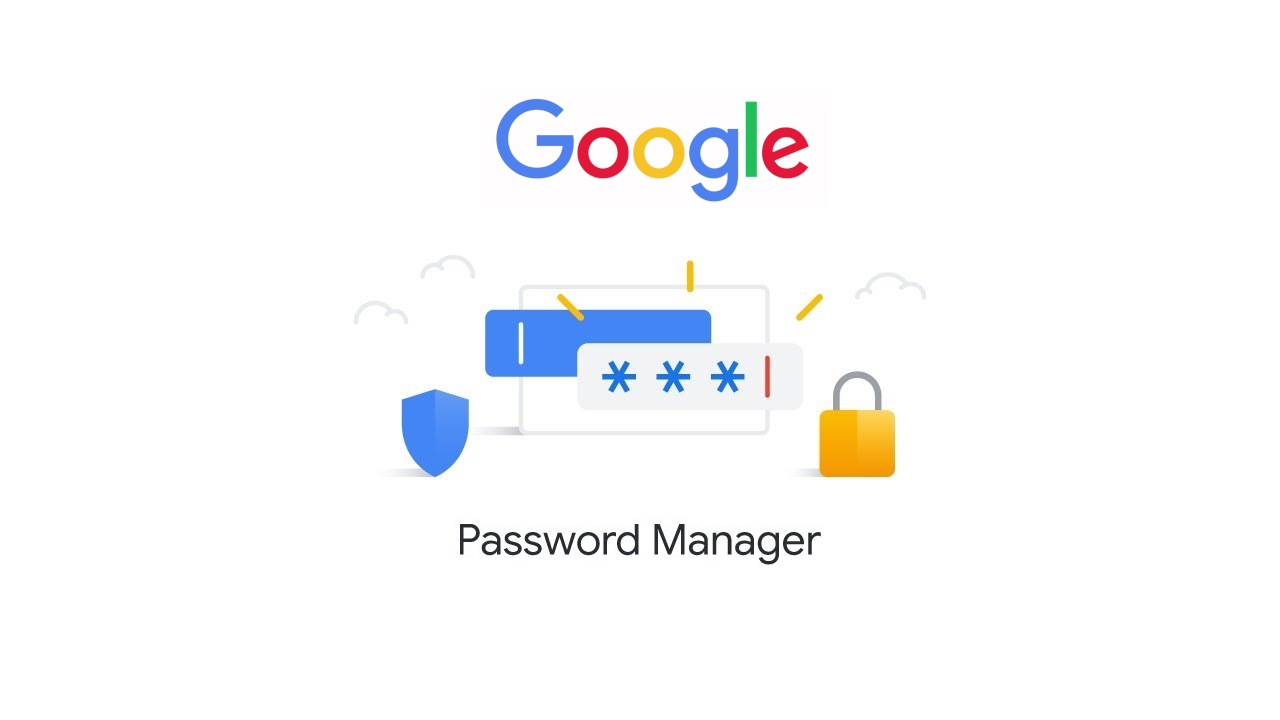

If you use a third-party password manager, you can have your passwords in any browser. Let’s say you use Google Chrome on your PC or Mac and Safari on your iPhone. Built-in browser password managers are limited to that specific browser. Third-party password managers are cross-platform and cross-browser. They are catching up, but they’re not as good yet. Built-in password managers in web browsers aren’t as powerful and useful as third-party password managers. The account it’s synced with-like your Google account in Chrome or your Apple ID in Safari-can be protected with two-step authentication to prevent people from signing in.īut there are some problems. This keeps your accounts secure, as you won’t need to re-use passwords. You can use strong, hard-to-remember passwords because your software is automatically remembering them for you. They can be stored encrypted in the cloud. With no additional software, your web browser can remember all your passwords and securely sync them between your devices. Your web browser’s password manager is better than nothing. RELATED: Why You Should Use a Password Manager, and How to Get Started Your Web Browser’s Password Manager Is Just Okay

Still, we recommend skipping the password manager built into your web browser-whether that’s Chrome, Firefox, Safari, or Edge-and using a dedicated password manager. Web browsers have been able to remember your passwords for many years, but their password managers are now getting more sophisticated. The open-source KeePass is okay, too, but it doesn’t have built-in sync features. 1Password, LastPass, Bitwarden, and Dashlane are all reliable, stand-alone password managers.


 0 kommentar(er)
0 kommentar(er)
